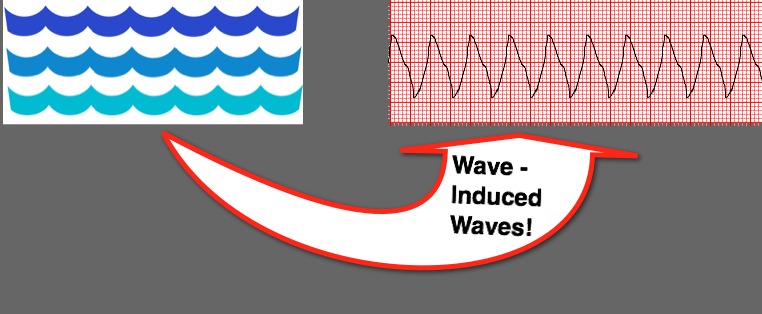Prolonged QTc and Submersion Injuries
For those of us in the Northern Hemisphere, summer is in full swing! Naturally, as we celebrate with out families, we know the number of pediatric injuries we care for in our EDs will increase significantly. One that we unfortunately still see is Submersion Injuries (See Submersion Injuries Morsel for basics and Cervical Spine Injury Morsel for more interesting info).
While the initial management of the patient who has had a submersion event is critical, there is also a need to consider what may have lead to the event in the first place so it might be prevented in the future.
Submersions
- Submersions remain one of the leading causes of death worldwide.
- Nearly half of all submersion deaths are in those younger than 20 years of age.
- It is estimated that for every child who dies from submersion injuries another 4 have serious non-fatal submersion events.
- Poor supervision, poor swimming skills, risky behavior, and intoxicants have all been associated with submersion events.
- A significant number of submersion events remain unexplained.
Arrhythmogenic Water
- There are several studies that point toward the fact that some of these unexplained events are actually due to undiagnosed cardiac channelopathies.
- Evidence of congenital Long QT Syndrome (LQTS) and Catecholaminergic Polymorphic Ventricular Tachycardia (CPVT) have been found post-mortem.
- These, and other similar conditions, are found in patients with structurally normal hearts (making early diagnosis difficult).
- These conditions lead to syncope, seizures, or sudden death (all of which are not good to encounter while under water).
- They are typically precipitated by extreme emotion, auditory triggers, and exertion.
- Swimming has been established as being a trigger.
- Recent post-mortem study (Tester, 2011) found:
- Nearly 30% of the patients who had unexplained drowning while swimming had genetic mutations consistent with channelopathies.
- 50% of the victims had a family history of cardiac arrest, prior drowning, or prolonged QT.
Moral of the Story
In the patient who you have successfully resuscitated from a submersion event, have a low threshold for checking a 12 lead ECG for possible evidence of Prolonged QTc.
Inquire about any family history of sudden death, prior submersion events, or known prolonged QTc.
This information might not affect your current patient, but it might help prevent the family from having another terrible event.
Tester DJ, Medeiros-Domingo A, Will ML, Ackerman MJ. Unexplained Drownings and the Cardiac Channelopathies: A Molecular Autopsy Series. May Clin Proc. 2001; 86(10): 941-947.
CDC. Drowning – United States, 2005-2009. Morbidity and Mortality Weekly. 2012. May 18, 2012 / 61(19);344-347



[…] More: Prolonged QTc and Submersion Injury (Sean […]
[…] discussed syncope issues previously (Syncope, Hair-combing syncope, SVT, Heat Related Illness, and Prolonged QTc and Submersion Injuries). Since syncope is commonly seen, let us make sure we know what to do when we see one of the […]